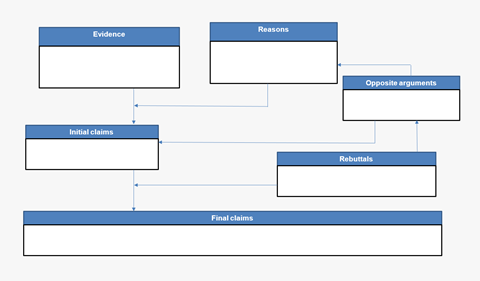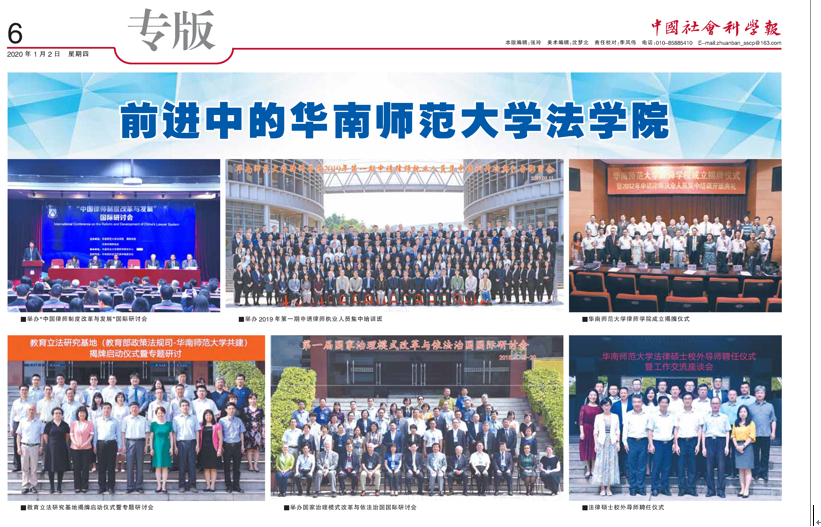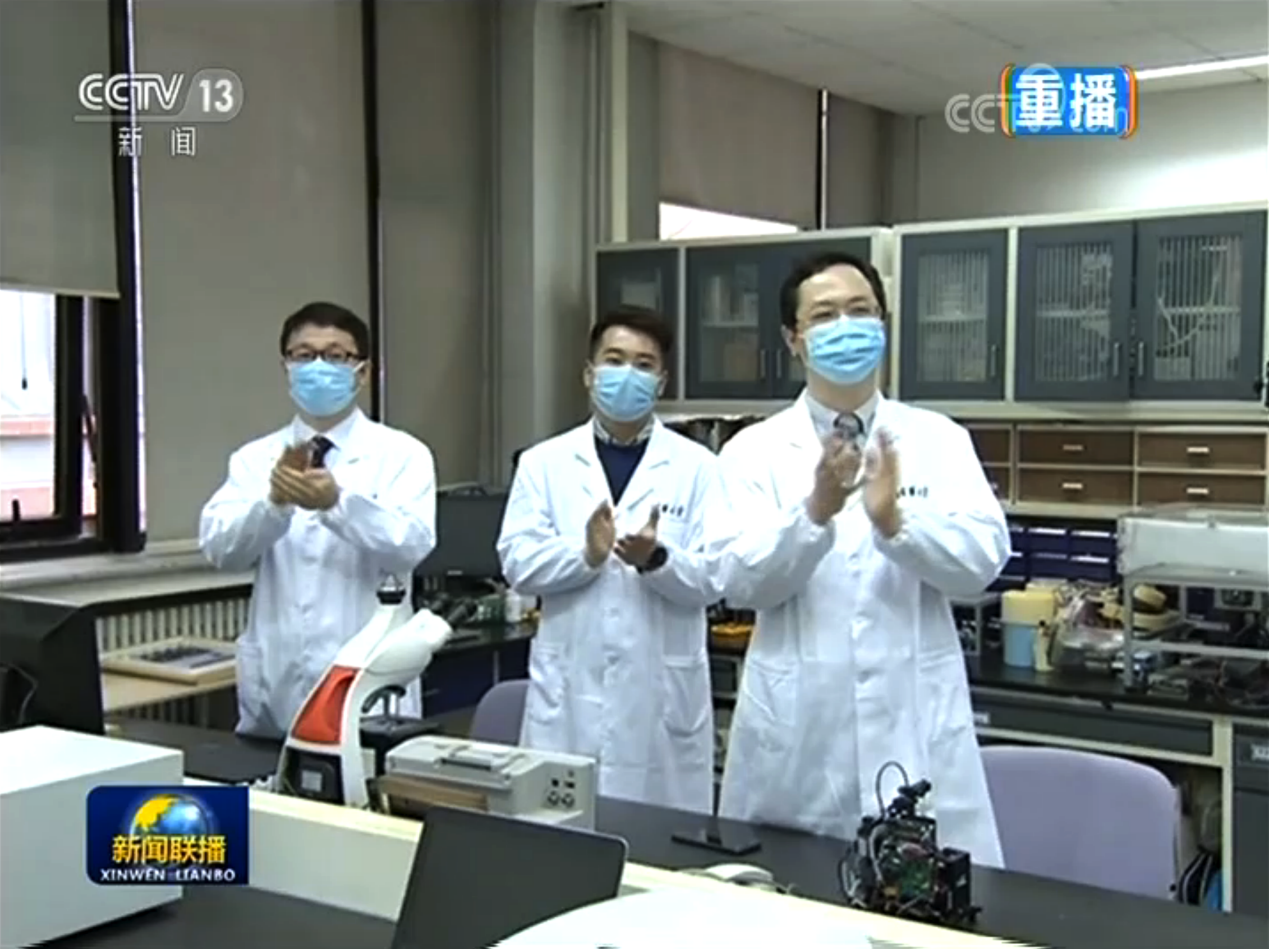
Likes
A recent study helped students to construct clear, logical arguments by scaffolding the argumentation process. Scientific practice involves justifying claims based on empirical or theoretical evidence, and argumentation is a key aspect of this. However, students often find justifying their claims with evidence and rebutting counterarguments difficult.
The researchers from South China Normal University, China, developed a reasoning flow scaffold (RFS) that identifies four key components of an argument: claims, evidence, reasons and rebuttals. Their RFS involves a box-and-arrow diagram, where boxes represent argument components and arrows represent the logical relationships within the argument. They reasoned that making these features explicit familiarises students with the structure of a sound argument and helps them generate good arguments of their own.

An reasoning flow scaffold worksheet with boxes and arrows following the development of an argument. Source: Royal Society of Chemistry
The research team also explored a way to measure student performance in argumentation using the previously established structure of observed learning outcomes (SOLO) taxonomy. The SOLO taxonomy splits degrees of understanding of a concept into five levels. Each progressive level contains an increasing number and complexity of connections.
Together, the five levels of the SOLO taxonomy and the four components of argumentation in their RFS resulted in a rubric for assessing student-generated scientific arguments.
The flow of reason
The researchers used their new rubric to investigate whether the RFS teaching strategy promotes students’ written arguments.
Two classes of 15–17 year-old students were used as a control and an experimental group. The experimental group were taught using the RFS, while the control group received a more conventional teaching approach to argumentation.
Both groups received the same teaching schedule over a 16-week period. Their schedule included a pre-test, a post-test and three written argument assignments. Each student’s answers to the measurement task in the pre- and post-tests were coded based on the new rubric.
Improving performance?
The results showed that both the conventional teaching approach and the RFS could improve student performance across all four categories of argumentation. However, RFS instruction significantly improved students’ ability to provide evidence and rebuttal, compared to the more conventional teaching approach.
The RFS strategy transforms the complex process of constructing sound scientific arguments into basic elements that are logically connected. This study showed that it can help students to think about how to write their own arguments.
What to read next:










